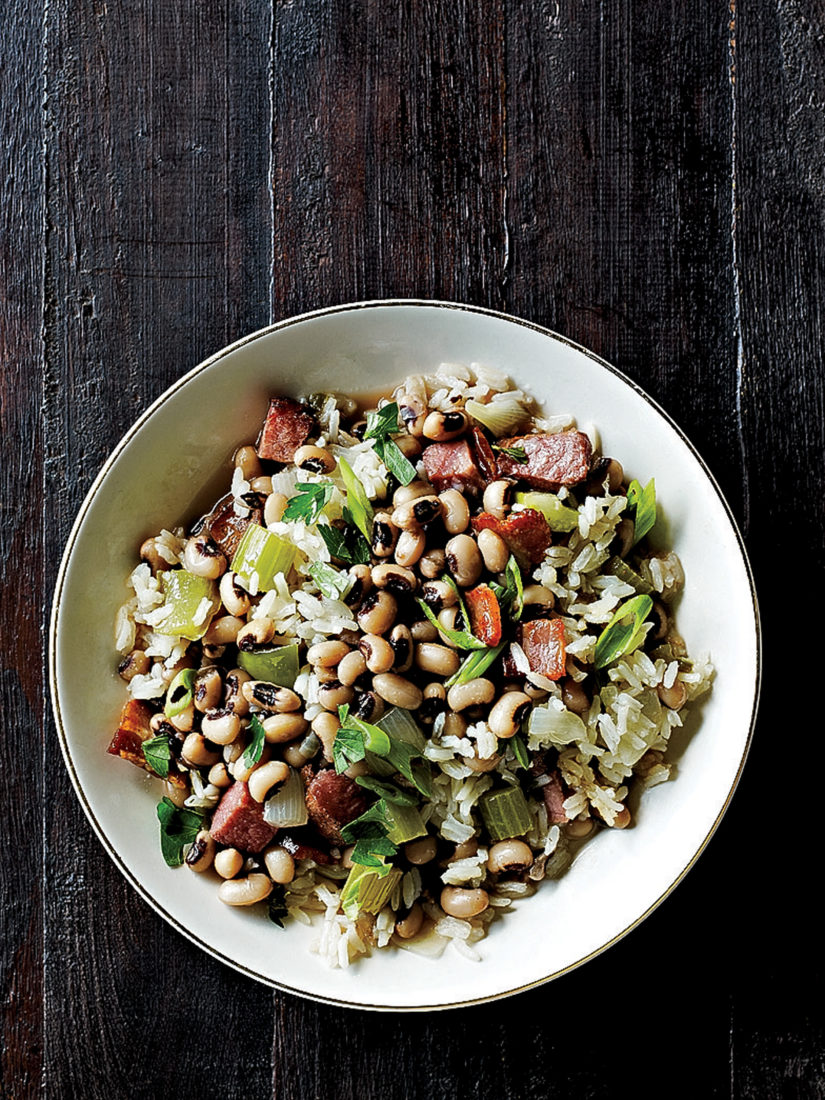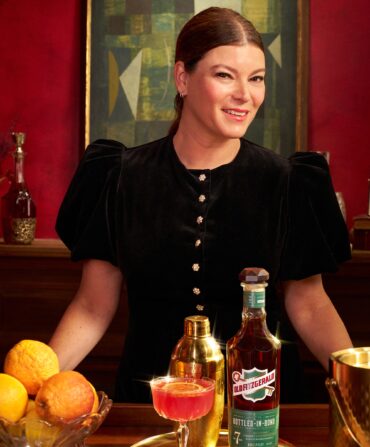Resolutions tend to come and go, but Southerners have a more enduring New Year’s ritual—a bowl of hoppin’ John, served with a side of greens and the promise of prosperity. While folklore varies about the origins of this West African–influenced dish, a pork-flavored stew pot of rice and black-eyed peas, the symbolism stays the same: The beans represent coins, and the pork conveys optimism, because pigs forage forward and don’t look back. “During the years my family moved around the South, I had many versions of hoppin’ John,” says Stephen Stryjewski, an Army brat and now co-owner and chef of Cochon in New Orleans. “But it was living in the Carolina lowlands, where black-eyed peas and rice were historically grown in abundance, that I learned to understand and love the complexities of the dish.”
Stryjewski, winner of the 2011 James Beard Award for Best Chef: South, is known for his inventive takes on regional dishes. Though his restaurant version of hoppin’ John is more elaborate, at home he sticks to a traditional one-pot recipe, but with a South Louisiana twist or two. Drawing from his surroundings, the chef uses sustainably farmed Cajun Grain rice, a brown jasmine variety flecked with bits of wild red rice, along with the local pork specialty, Tasso ham, letting its spicy, smoky flavor seep into the pot. The one thing that doesn’t change? The lucky black-eyed peas. “I’ve had great fortune over the past few years,” Stryjewski says. “And if this is all it took, then everyone should eat a lot of hoppin’ John.”









